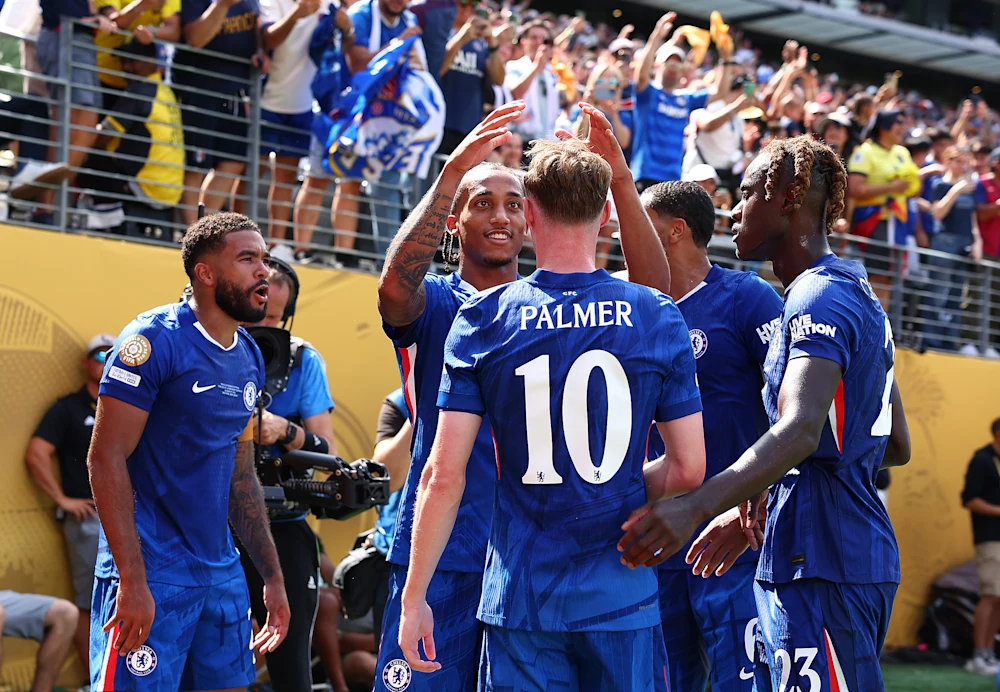Chelsea’s sponsorship model: Risk, rebuild, reward?

Chelsea’s Club World Cup win has both delivered silverware and forced potential sponsors to reconsider the club’s commercial valuation. According to The Telegraph, the club is now closing in on a front-of-shirt sponsorship deal worth £60 million a year, a significant increase on offers they turned down just 12 months ago. Let's look at how Chelsea's sponsorship plan seems to be working out.
Short-term loss, long-term value
The numbers matter. Last summer, Chelsea heard proposals in the £40m range before pulling out, choosing instead to go sponsorless for much of the 2024–25 season. Infinite Athlete’s short-lived £40m deal expired, DAMAC’s late-season patch was a stopgap. That left matchday inventory unsold for over 40 games, a risky strategy that could have cost £80m+ in lost revenue.
To read more about where Chelsea were two years ago, click here.
Instead, the Club World Cup win has changed Chelsea’s sponsorship profile and, by extension, the model. Beating PSG 3–0 in the final and qualifying for the Champions League for the first time in three years re-establishes the club’s global relevance. Brand exposure from the tournament alone reached an estimated 130 territories, and Chelsea pocketed £84.5m in prize money. Now, seven to ten global companies are actively negotiating a long-term deal.
What’s changed and how?
Value shifted from visibility to narrative. By, albeit awkwardly, holding off until their brand equity rebounded through on-pitch performance, they effectively recast sponsorship not as filler but as a buy-in to a rising trajectory. That created a premium.
Whether the deal is finalised by opening day remains uncertain. But the principle is clear: in a saturated sponsorship market, the most valuable real estate is often the space a brand doesn’t rush to sell.
Subscribe to The Sponsor and get access to practical sponsorship tips, exclusive interviews and expert insights.









